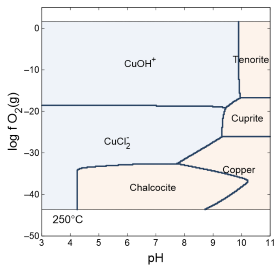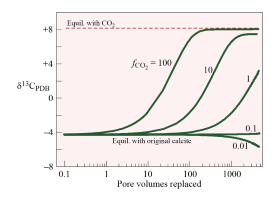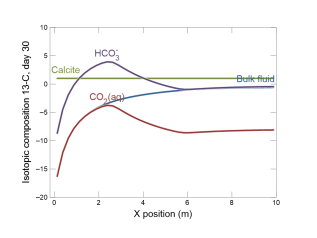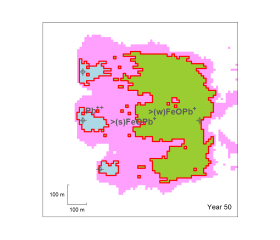New features in GWB 2025
I'm a big fan of the GWB. This version is certainly worth the hype!
– Matt Lenahan, AGE Consultants
 GWB 2025 brings the features you've been waiting for!
GWB 2025 brings the features you've been waiting for!
Your subscription to The Geochemist's Workbench® provides improvements and new capabilities continuously:
Vapor phase
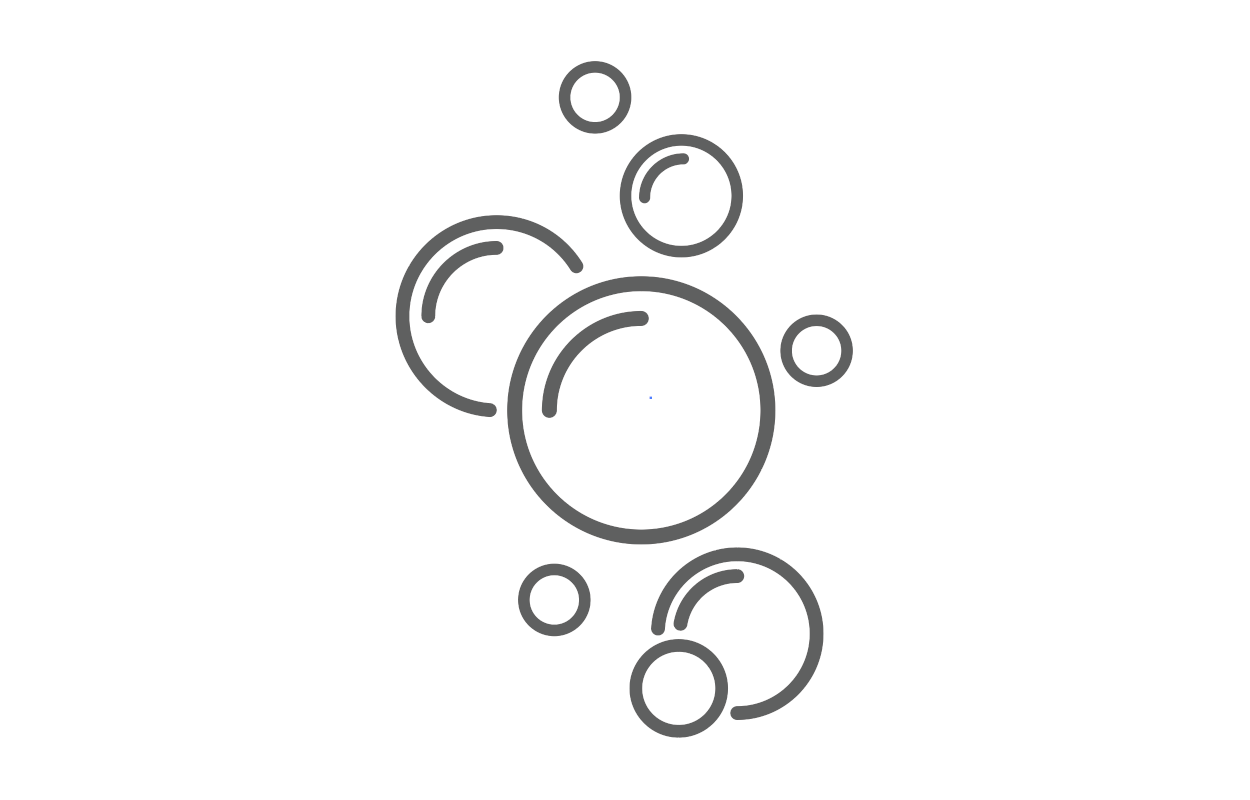
Trace the evolution and collapse of vapor phases comprised of nonideal gas mixtures in equilibrium with complex fluids.
Boiling, condensation
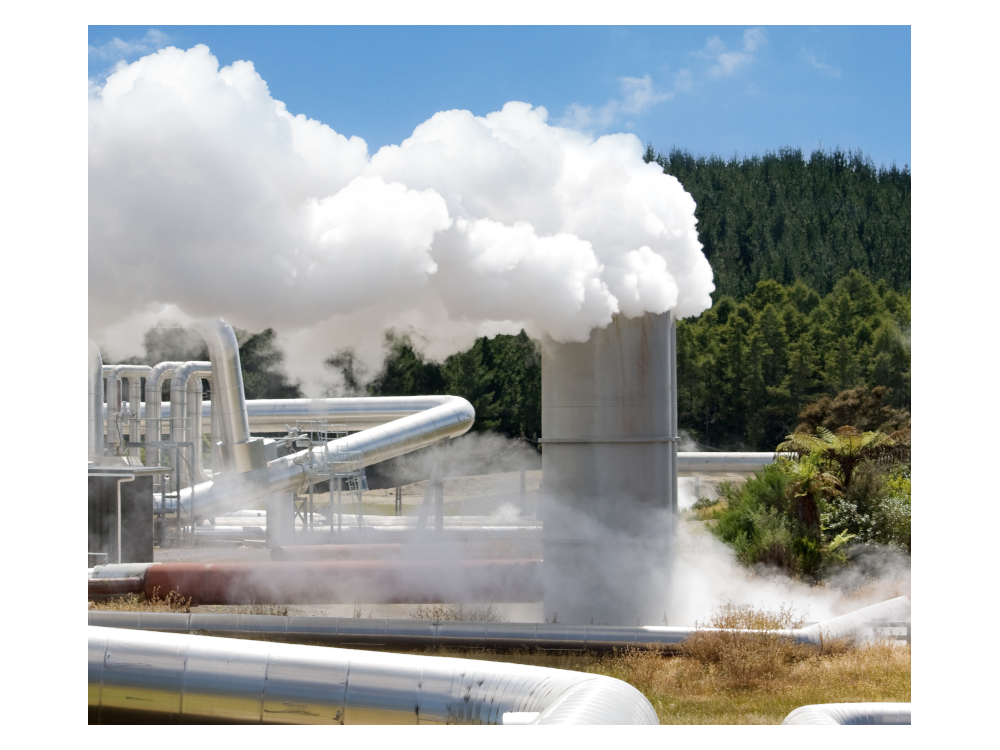
Model boiling of aqueous solutions, optionally in the presence of minerals, in systems either closed and open to vapor loss; trace as well condensation of the resulting vapor phase.
Next-gen GSS
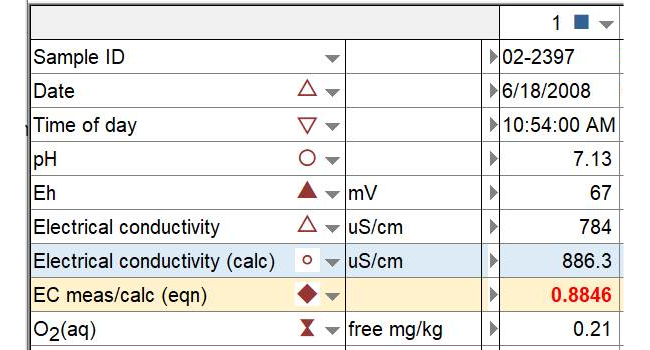
The next generation of the GSS smart spreadsheet offers more analytes, more plots, and strong disambiguation, to start, all within its familiar user interface.
More values to plot

Diagram more variables and render new types of graphs using the GWB's expanded and restructured visualization apps.
Picking up results

Improved functionality for picking up the endpoint of one reaction path, now optionally including the vapor phase alone, as the initial state for a second simulation.
Import & export
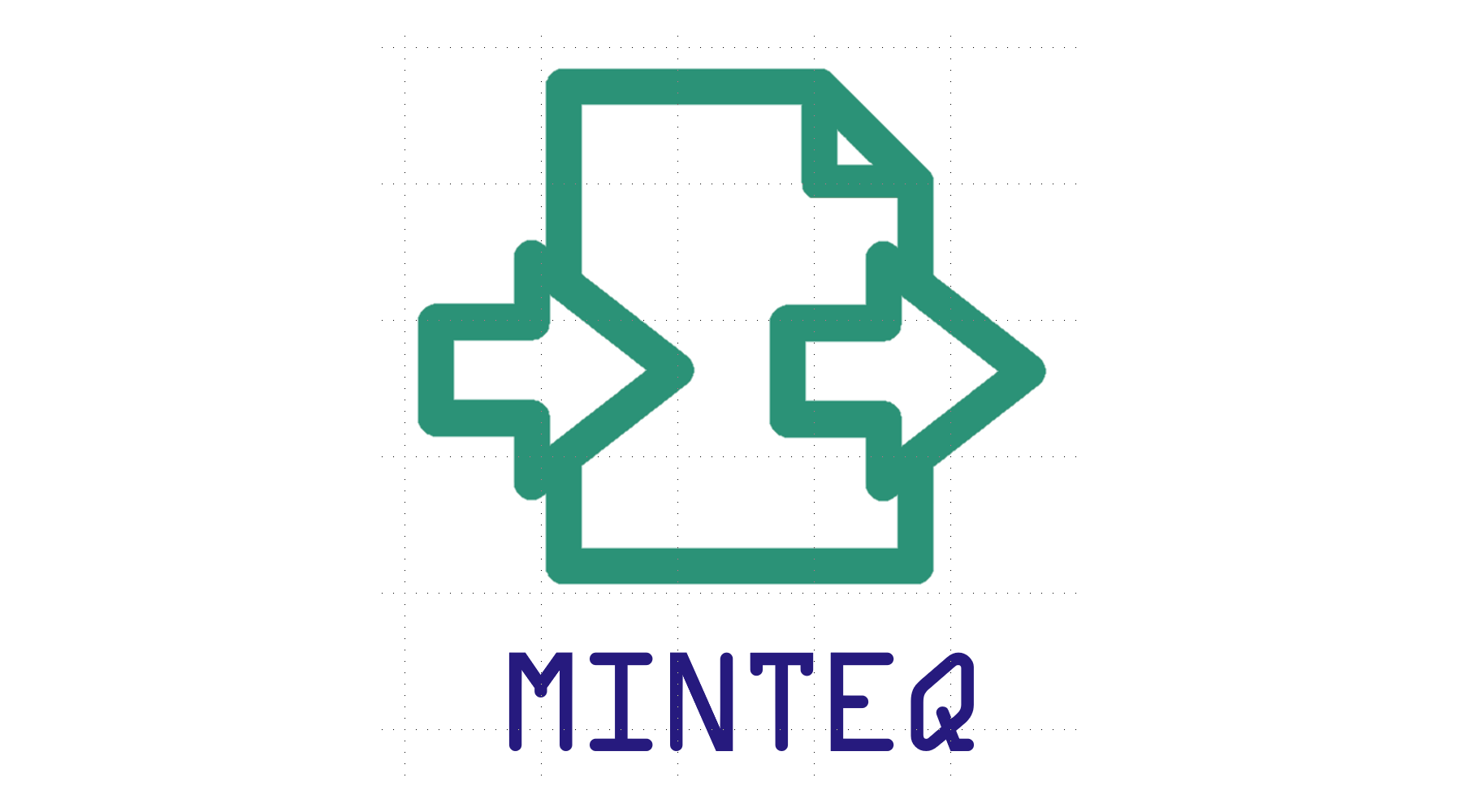
The TEdit dataset editor can import thermodynamic and surface databases from Visual MINTEQ, as well as export the databases in MINTEQ format.
“Report” command

Responses from issuing the “report” command within any of the apps are available immediately on the Windows clipboard for you to paste into your external documents.
JSON plot interface

The apps write simulation results to plot interface datasets in the flexible, human-readable JSON format suitable for parsing by not only the GWB graphics programs, but your own third party applications; the legacy XML format is still available.
Extract as CSV files

Extract reactions, log Ks, and more from thermo and surface databases as CSV files that you can use to prepare reports, create tables, render raw thermo data, and so on.
THEREDA 2023

The THEREDA project’s 2023 release of their versatile database employing “Pitzer” activity coefficients includes more chemical components and carries calculations for more types of saline solutions to high temperature.
ChemPlugin
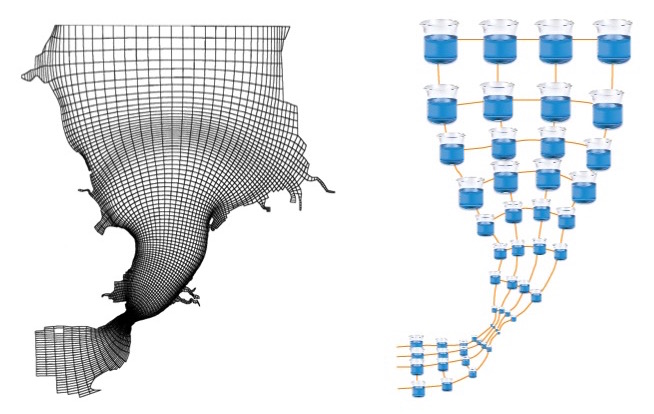
The amazing ChemPlugin self-linking software object lets you quickly, easily, and reliably construct full-featured reactive transport models in any configuration. And now, ChemPlugin is included in GWB Professional at no extra cost!
Site mixing
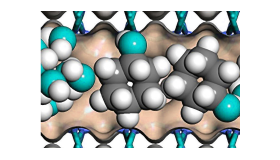
The GWB's solid solutions feature has been extended to include a full gamut of models. Choose from site mixing, Guggenheim, regular, cubic and third-order Maclaurin, and ideal formulations
Import & export
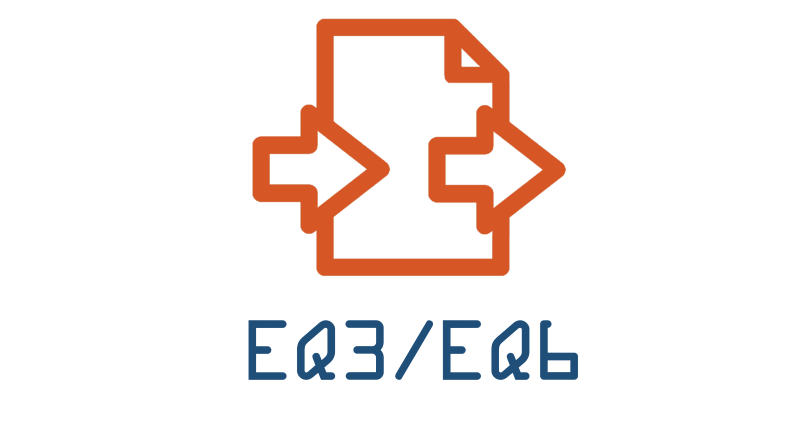
Use TEdit to import, edit, and export EQ3/EQ6 thermodynamic databases. This powerful program not only manipulates thermodynamic data, but lets you move datasets back and forth between the EQ3/EQ6 and GWB packages.
Reaction and assemblage labels

Let your mouse hover over a bound in Act2 and Tact to reveal the corresponding chemical reaction; likewise, hovering over a predominance field shows the equilibrium species and phase assemblage at that point in the diagram.
Temperature dependence
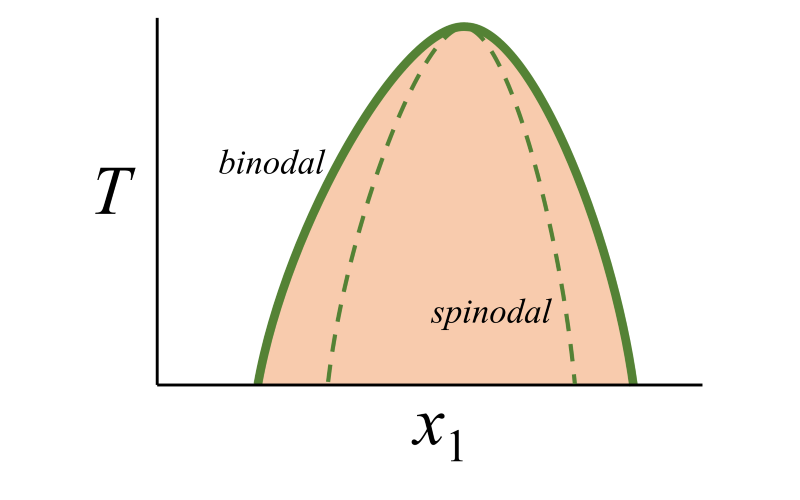
The thermodynamic properties of solid solutions can be specified as functions of temperature, simplifying run configuration.
Solid solutions
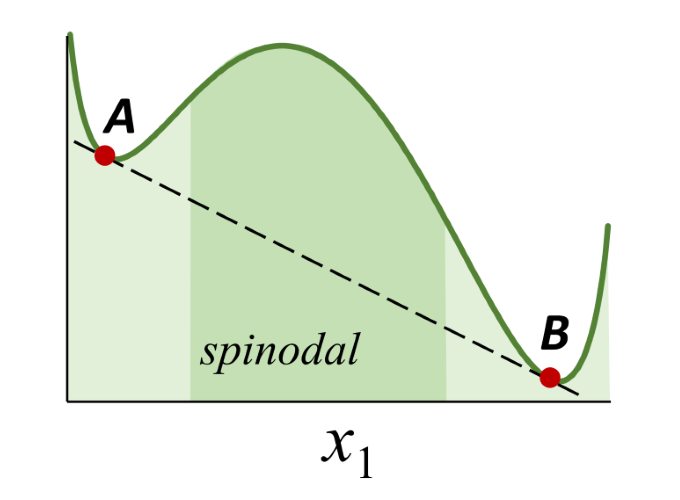
A full-featured description of binary solid solutions, both Guggenheim and ideal, including spinodal decomposition and allowing the choice of either a continuous or discrete implementation.
Real-time plot updates
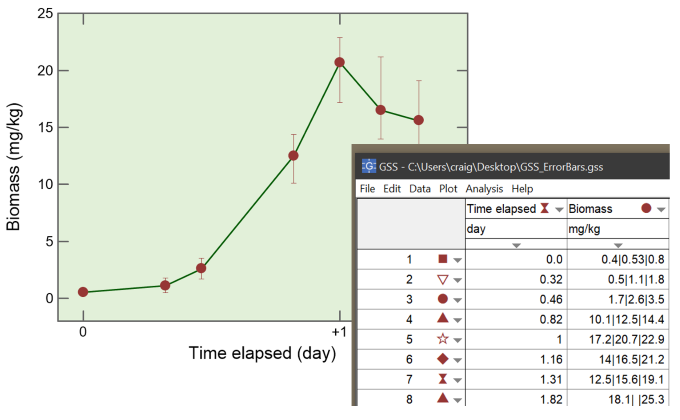
Cross plots, time-series graphs, Piper diagrams, data-point overlays, and other graphic renderings of your datasheet now update in real time, following your keystrokes as you edit the underlying GSS document.
Microbial population dynamics

Model microbial growth and population dynamics in a general fashion by cross-linking anabolic growth rate to an arbitrary function of a microbe's catabolic reaction rate.
CEMDATA 18 database
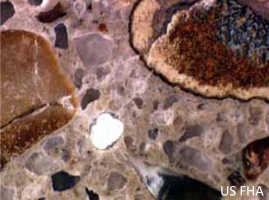
The CEMDATA 18.1 thermodynamic database for hydrated solids in the Portland cement system, CaO-Al2O3-SiO2-CaSO4-CaCO3-Fe2O3-MgO-H2O, from Lothenbach et al..
Exchange reaction kinetics

Account for exchange kinetics by cross-linking the rate of a dissociation or dissolution reaction to the law for an association or precipitation reaction, using the reaction_rate() helper.
Goethite, gibbsite surface chemistry
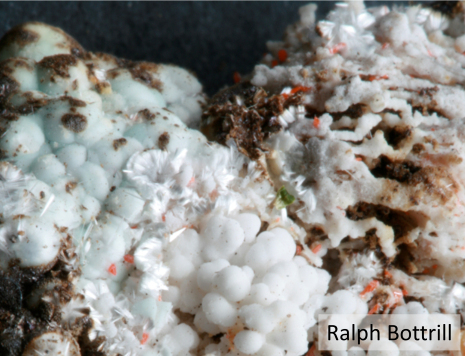
Reaction databases for two-layer surface complexation on goethite (FeOOH) and gibbsite [Al(OH)3], from Mathur and Dzombak and Karamalidis and Dzombak.
TEdit helps you troubleshoot

When TEdit spots potential problems in a thermodynamic or surface database, it reports a list of the issues encountered and guides you to their solution.
Drummond and Wolery equations
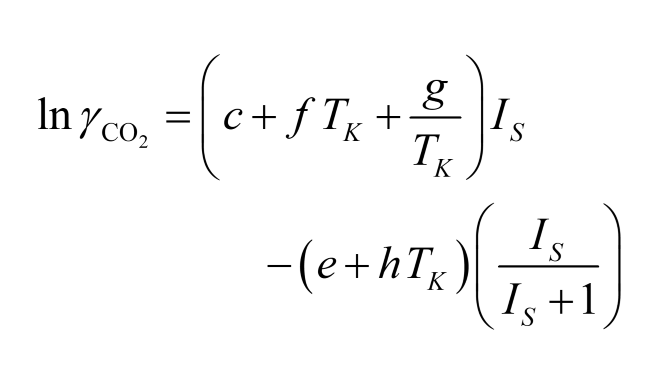
Calculate the activity coefficient for aqueous CO2 and other neutral species using the Drummond equation, and the activity of solvent H2O with the Wolery equation.
SIT activity coefficients
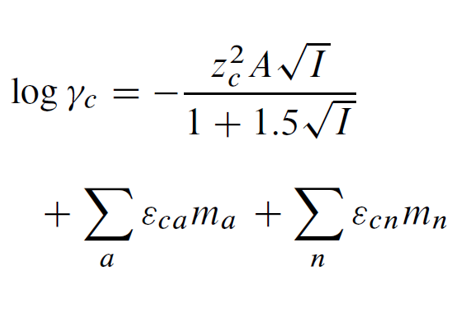
The GWB now features a full implementation of the Specific ion Interaction Theory activity model, including the Thermochimie and Nuclear Energy Agency compilations.
TEdit does redox!
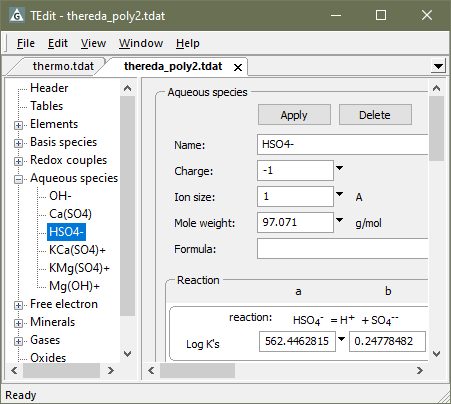
The TEdit thermo dataset editor has enjoyed a complete makeover and boasts many new skills, including global reaction rebalancing and the ability to couple and decouple redox reactions with just a click!
Import thermo data from PhreeqC
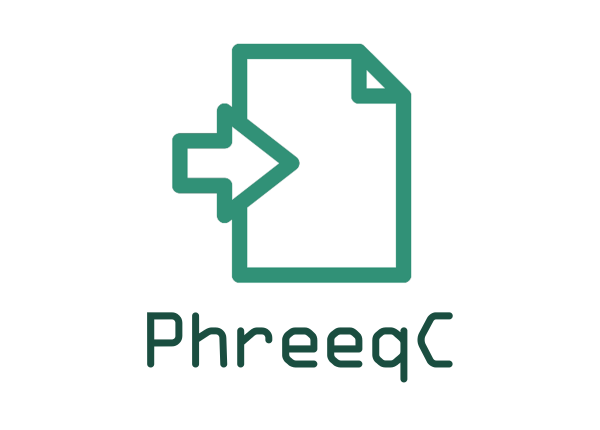
You can import PhreeqC thermo datasets directly into the GWB! Simply drag a dataset into TEdit and follow the prompts to make thermo (.tdat) and surface reaction (.sdat) files for use with any of the tools in the GWB.
Low-temperature “Pitzer” activities

Carry your “Pitzer” brine calculations well below the freezing point of water. Release includes the FREZCHEM and COLDCHEM thermo databases, set up and ready to go.
Improved time plots

Diagram the data in your GSS datasheets as a time-and-date series, against time of day, or versus elapsed time.
Write database reactions your way

Tired of rebalancing reactions in thermo databases in terms of the basis set? So are we! Now, set out database reactions exactly as you find them in the literature.
Triple-layer surface complexation
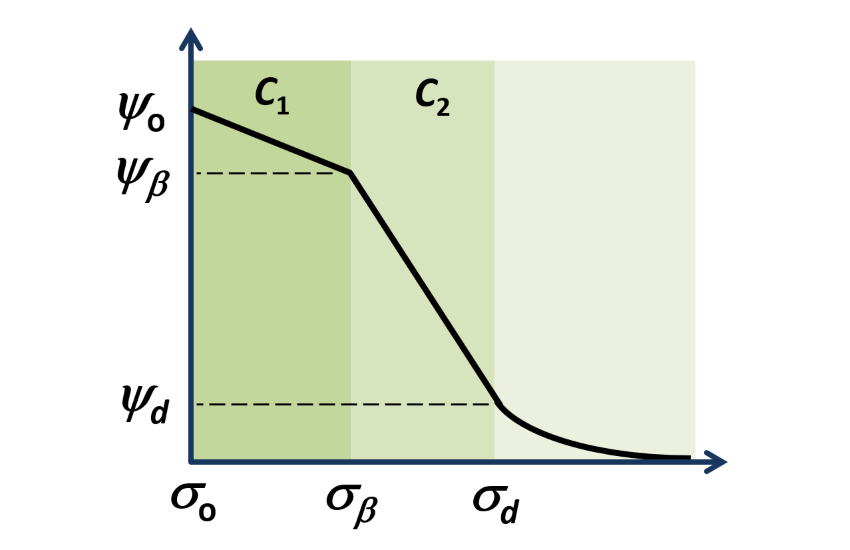
The new generalized electrostatic triple layer model computes surface complexation accounting for a plane of crystallographic surface sites beneath Stern and diffuse layers. The distribution includes notable examples of triple-layer compilations from the literature, ready to run.
Equations in GSS
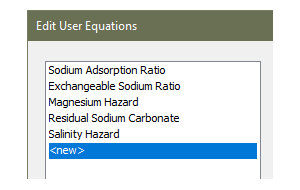
You can embed your own equations within GSS datasheets to calculate ratios, QA/QC parameters, or secondary functions of your choice.
CD-MUSIC surface chemistry model

A full rendering of the CD-MUSIC model of ion and oxyion reaction with sorbing surfaces, accounting for an arbitrary distribution of electrical charge within each surface complex, ready to go with the USGS database of surface reactions.
High-temperature “Pitzer” activity coefficients
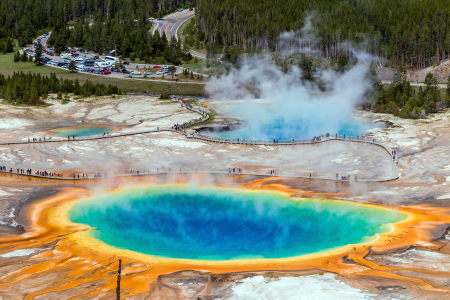
Support for carrying “Pitzer” calculations to high temperature, including thermo databases in GWB format from the THEREDA and Yucca Mountain projects.
Cluster computing

Cluster versions of X1t, X2t, and ChemPlugin let you simulate reactive transport in parallel on clusters of multicore servers using MPI or hybrid MPI/OpenMP protocols.
New surface chemistry compute engine

All-new numerics power the GWB surface chemistry engine to cut through the toughest problems. The compute engine features adaptive basis swapping, greatly improved convergence, and arbitrary distribution of electrical charge.
Polydentate complexation formalisms
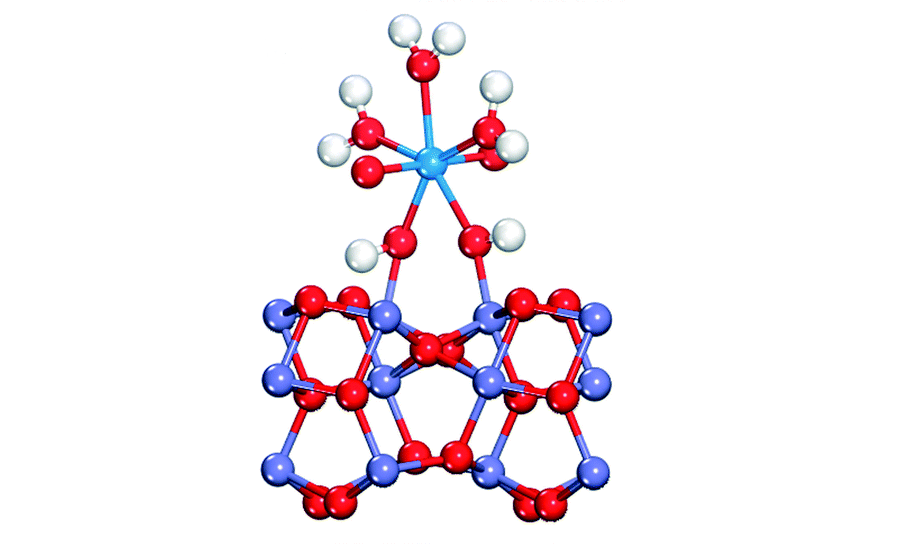
Calculate concentrations of bidentate and polydentate complexes on crystallographic surfaces according to the Davis-Leckie, Hiemstra-van Riemsdijk, Appelo-Postma, and stoichiometric formalisms in the context of any two-layer or three-layer model.
1-pKa reactions
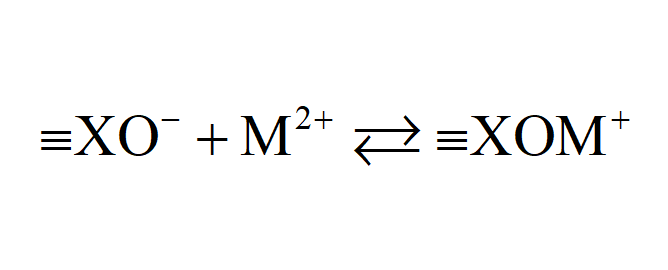
Construct competitive, multisite sorption models in terms of single pKa reactions for ion complexation onto initially charged surface sites.
Streamlined GUI

“Stick points” in the GUI have been streamlined to reduce click rate and improve transparency.
Precise temperature expansions
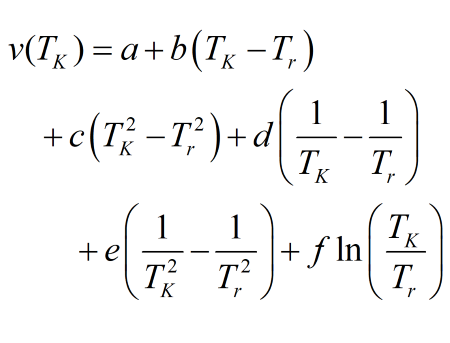
Thermo databases can now carry temperature expansions for log Ks, virial coefficients, and Debye-Hückel parameters as precise six-term polynomials, each of which can be cast within a specific temperature range of validity.
Surface site density
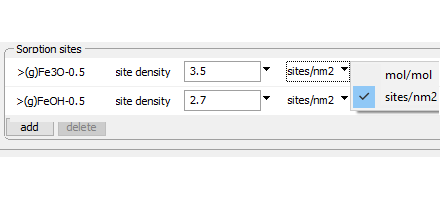
Carry the density of surface sites directly from literature sources in native units: Choose sites/nm2 or mol sites/mol mineral.
Control species loading
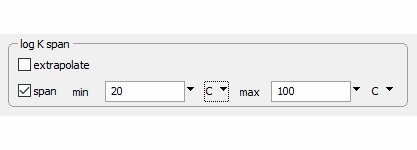
Precisely control which species are loaded from a thermo database by using the “span” feature to specify a qualifying temperature range of validity. This feature is especially useful when comparing runs made at differing temperatures.
Batzle-Wang equation
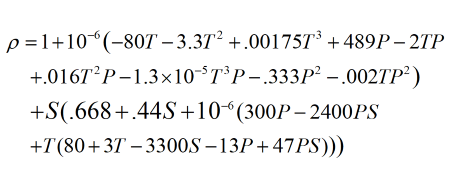
Use by default the Batzle-Wang equation to evaluate fluid density, or revert to the Phillips et al. model.
Internationalization

Better rendering of the various apps across Windows locales worldwide.
Ultimate phase diagram generator
The new multithreaded application Phase2 and its companion program P2plot generate any type of phase diagram quickly and easily. Create phase assemblage diagrams or “true” Eh-pH and activity diagrams. Included in GWB Professional, Phase2 lets you render species predominance, gas pressure, reaction kinetics, isotope fractionation, and much more.
Generalized stable isotope model
The all-new isotope feature treats fractionation of the stable isotopes of any element for which one isotope is dominant. You can consider an arbitrary number of the isotopes of a given element. And the isotope model has been extended to SpecE8, Phase2, X1t, X2t, and ChemPlugin.
Partial pressure model
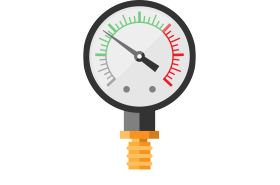
Choose from the Tsonopoulos, Peng-Robinson, and Spycher-Reed gas pressure models. The apps report in their output both fugacity and partial pressure. You can constrain the basis in terms of gas pressure, use partial pressure as a promoting or inhibiting factor in kinetic rate laws, and so on.
Unified rate model

The applications report the reaction rate for each reactant, whether the rate is set by a rate law, fixed by mass transfer, or implied by a buffering reaction.
Stable isotope transport
The reactive transport codes and ChemPlugin model the transport of stable isotopes, whenever an isotope system is active.
Presentation grade graphics
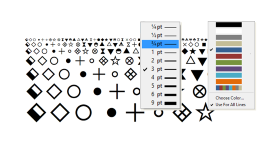
Razor sharp anti-aliased lines in quarter-point increments team up with an artist-designed color palette to make your graphics shine. Plus, our new symbols font contains dozens of markers specially designed to mark your geochemistry data points, in any color or size.
XML format plot output
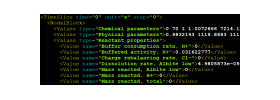
The modeling applications produce plot output in an open-source XML format, so you can render the results of GWB calculations in any XML-capable graphics package, or use the GWB graphics programs to render output from other modeling packages.
Re-engineered compute engine

Revamped code cuts through your toughest problems quickly and surely.
Multiple scatter datasets and reaction traces
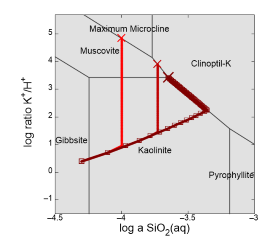
Overlay on your activity diagrams as many scatter datasets and reaction traces as you wish.
Anion exchange
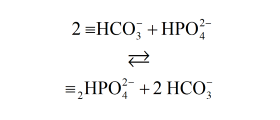
New anionic model lets you consider exchange of phosphate, carbonate, sulfate, and other ligands on a sediment surface.
Multi-tier self-auditing

The codes monitor internal consistency on multiple levels, from fine grained to global. There's no need to do anything: Auditing is automatic in every run, operating silently unless there's a problem.
Phase assemblage and predominance maps
Xtplot can render the distribution of minerals in the domain as a phase assemblage map and display a predominance diagram for any element or basis entry.
Comments in GSS cells
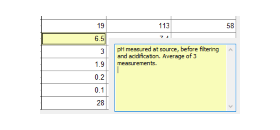
Improvements to GSS include the ability to embed comments within individual cells in a datasheet.
Draw outside the lines
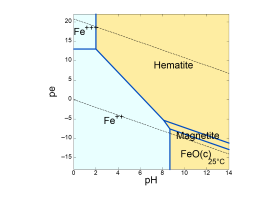
Act2 and Tact can extend activity diagrams beyond the stability limits of water, whether you display the stability limits or not.
Suppress and alter
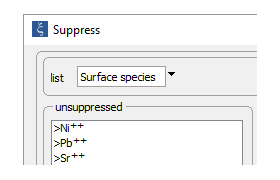
Suppress individual Kd or Freundlich species, or alter their binding constants interactively from within the application.
Influx and efflux summaries
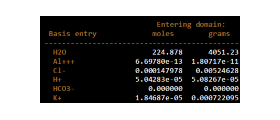
The reactive transport codes report a summary of mass net influx and efflux for each simulation.
Hexadecimal format
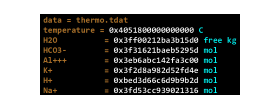
Save the current configuration from a modeling application in bit-exact hexadecimal format.

No hassle travel
Going to the field, or anywhere you can't connect to your license server? Borrow a copy to use until you get back to the office.
